Throughout history, dogs and wolves have fascinated humans, not only because of their close genetic ties but also due to their distinct roles in nature and society. Although both belong to the Canidae family, myths and misconceptions persist about the dynamics between these two species. This article debunks common myths and provides facts about the intriguing relationship and interactions between dogs and wolves.
Myth 1: Dogs and Wolves are the Same

It’s a common misconception that dogs are simply domesticated wolves. While dogs (Canis lupus familiaris) and wolves (Canis lupus) do share a common ancestor, they have diverged significantly. Thousands of years of evolution and domestication have resulted in behavioral, physical, and genetic differences between the two.
Fact 1: Genetic Differences Exist

Modern genetic studies reveal that dogs and wolves split from a common ancestor between 20,000 to 40,000 years ago. Selective breeding has created distinct differences in gene expression, affecting behavior, size, and even brain structure.
Myth 2: Wolves Always Win in Fights with Dogs
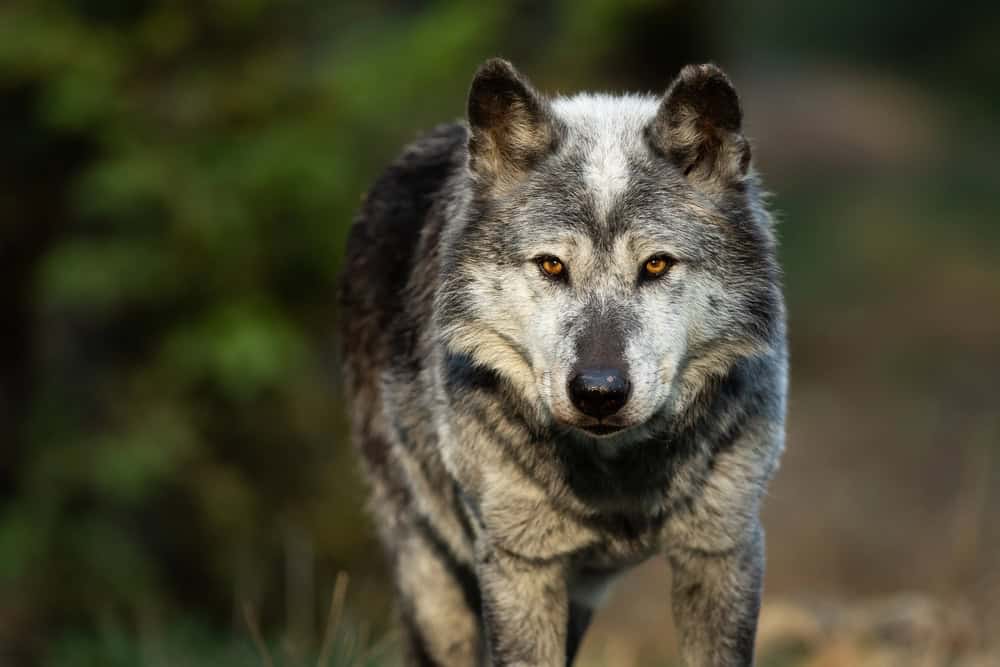
While it’s accurate that wolves are generally larger and have evolved to be effective hunters, the outcome of any fight between a dog and a wolf isn’t guaranteed. Numerous factors, including size, number, environment, and health of the animals, play a significant role.
Fact 2: Dog Breeds Matter

Some large dog breeds, such as the Kangal or Alabai, have been bred to protect livestock and may stand a chance against wolves. These breeds possess tremendous strength, endurance, and protective instincts, sometimes enabling them to confront wolves successfully.
Myth 3: Dogs and Wolves Can Easily Reproduce
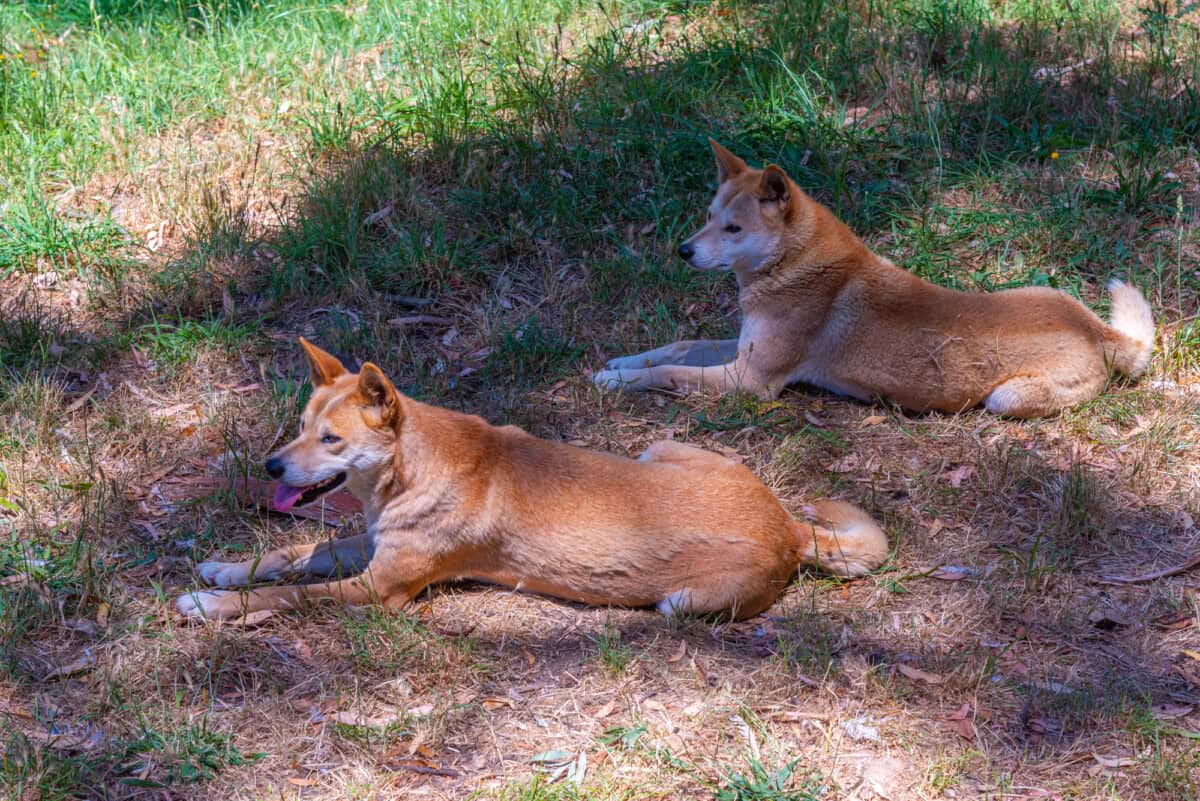
Though it’s possible for dogs and wolves to interbreed, it’s not as common or simple as it sounds. There are significant behavioral differences, and natural mating events between these two species rarely occur in the wild.
Fact 3: Wolf-Dog Hybrids Exist
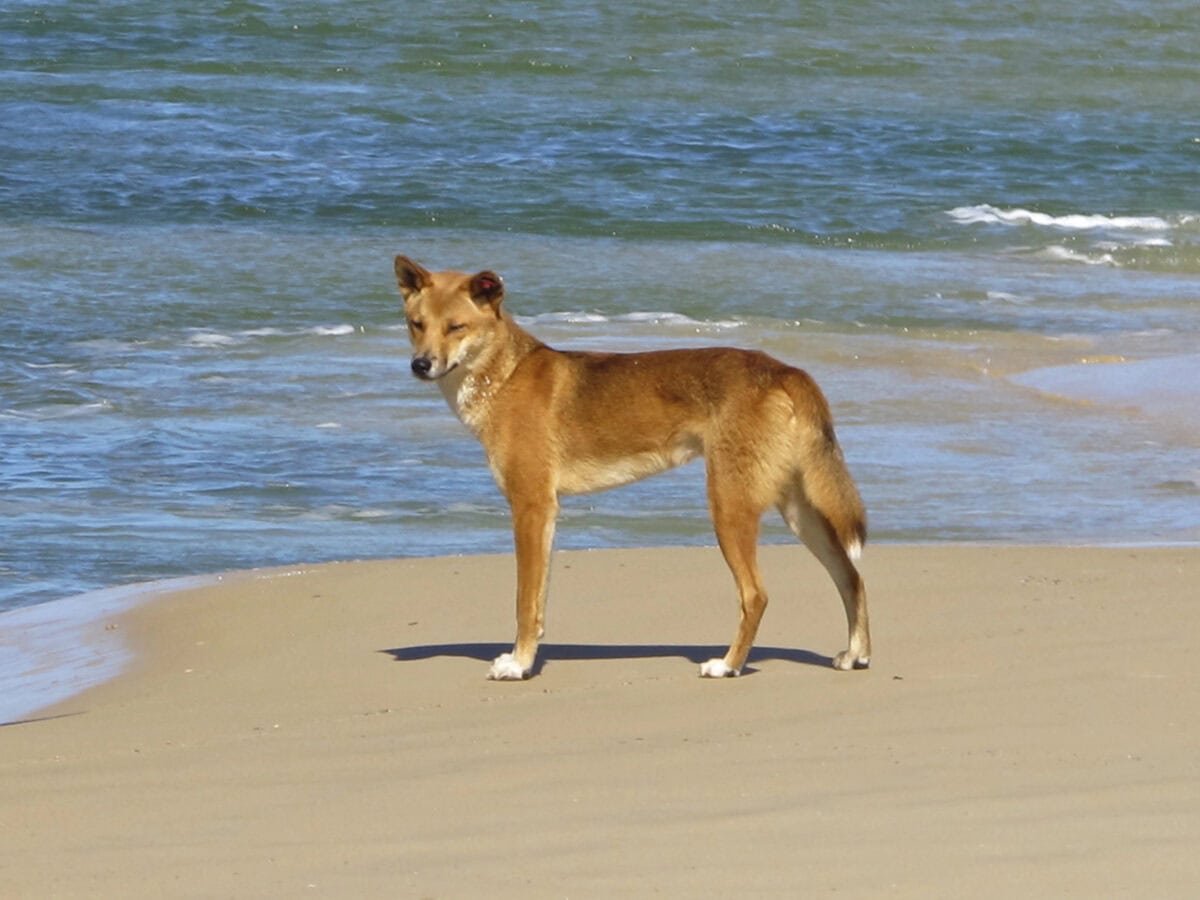
Wolf-dog hybrids are occasionally seen, especially in controlled or artificial environments. These animals often display unpredictable characteristics, combining elements of both species, complicating their care and management.
Myth 4: Wolves are Just Untamed Dogs
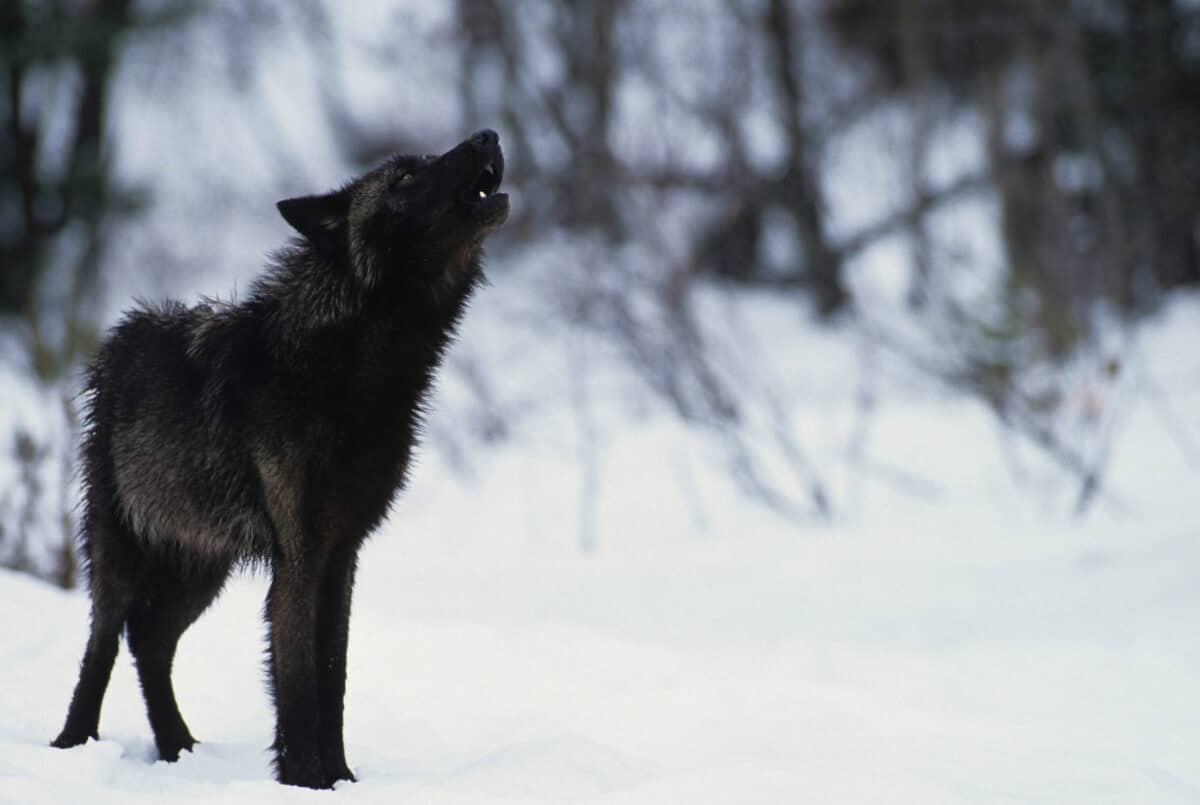
Some believe that wolves, with the right upbringing, can become pets just like dogs. However, domestication is not simply a matter of nurturing but a long-term evolutionary process.
Fact 4: Behavioral Differences are Profound

Wolves retain a strong instinct for hunting and pack behavior, unlike their domesticated cousins. Even when raised in captivity, wolves can exhibit behaviors that are challenging in domestic settings, such as strong prey drive and territoriality.
Myth 5: Dogs Possess the Same Hunting Skills as Wolves
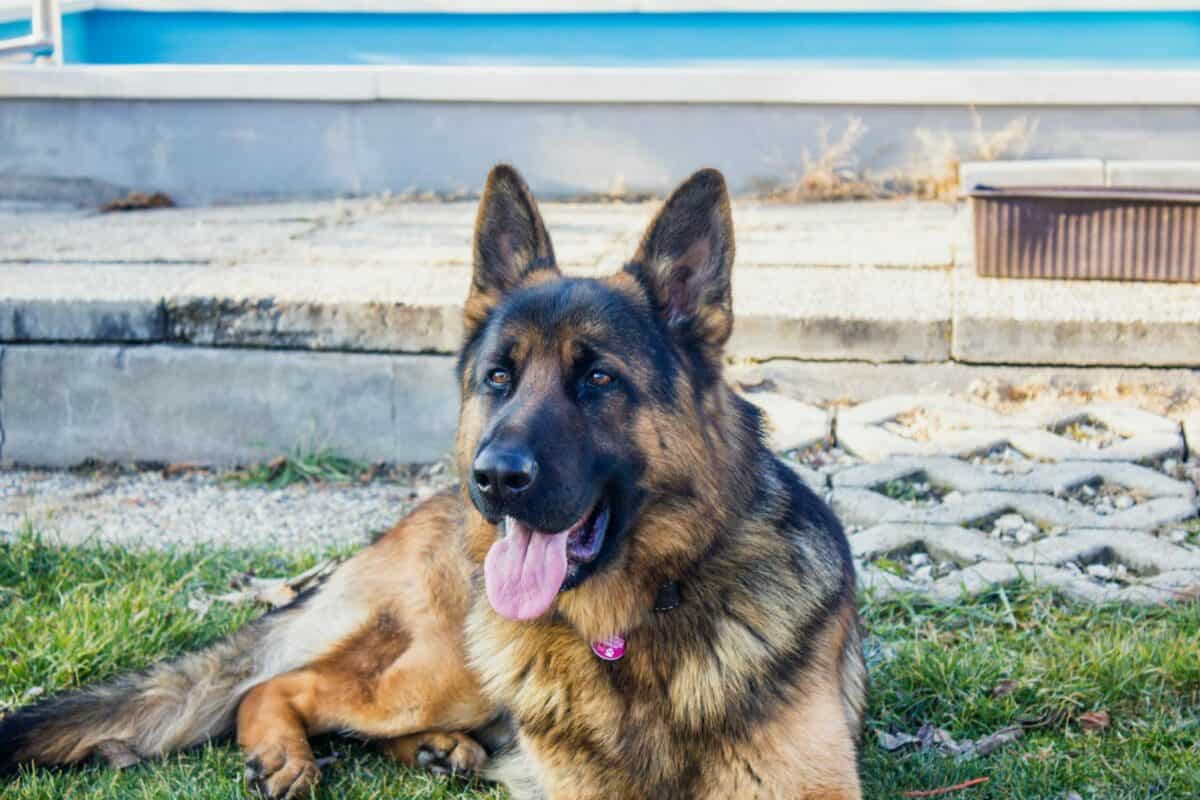
While some dog breeds have retained strong predatory instincts, they lack the refined hunting strategies wolves employ in the wild.
Fact 5: Wolves are Skilled Hunters

Wolves are apex predators with complex social structures that enhance their ability to hunt large prey effectively. They employ coordinated pack strategies that go beyond the capabilities of most domestic dogs.
Myth 6: Wolves and Dogs Communicate in the Same Way

Though there are similarities in their communication methods, suggesting they are identical in this regard is misleading.
Fact 6: Unique Communication Styles
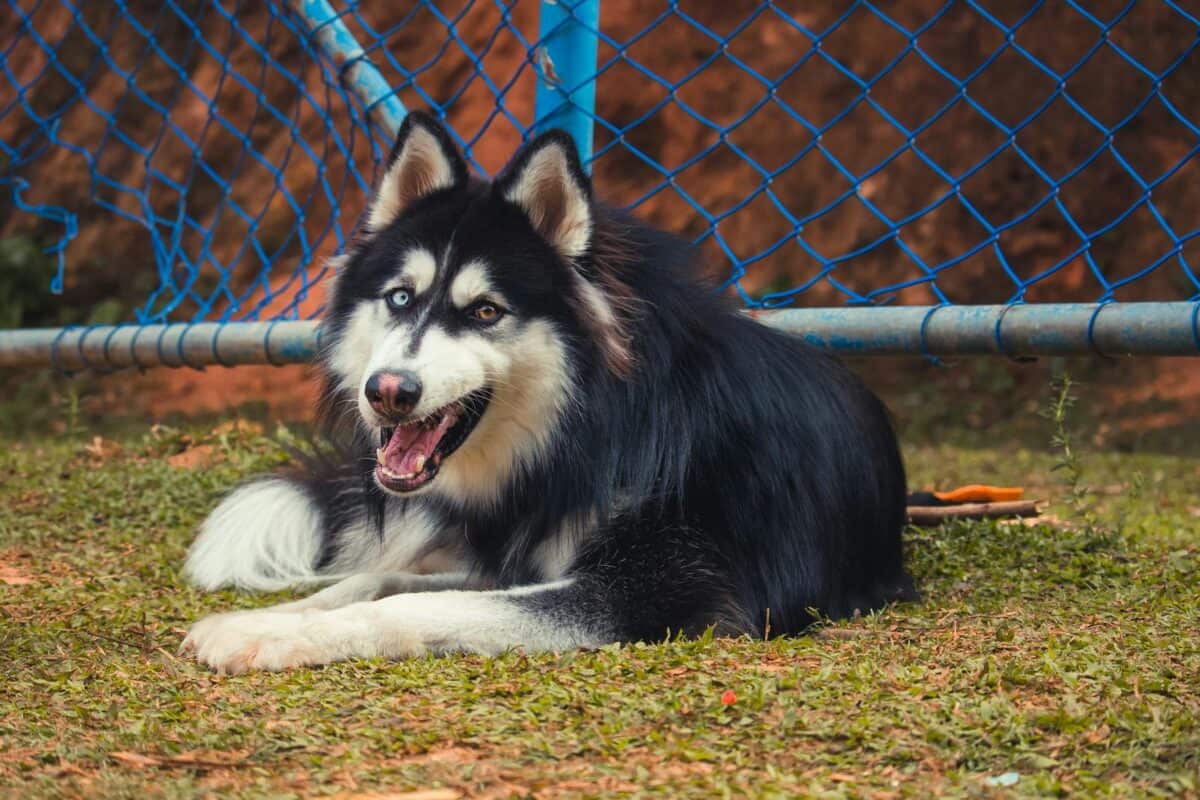
Wolves rely heavily on body language and varied vocalizations. Dogs, through domestication, have adapted voice and behavior to better communicate with humans, often resulting in a simplified version of wolf communication.
Myth 7: All Dogs Fear Wolves

A widespread myth is that dogs universally fear wolves. In reality, individual temperament and breed can lead to a wide range of responses to wolves.
Fact 7: Diverse Reactions Among Dogs
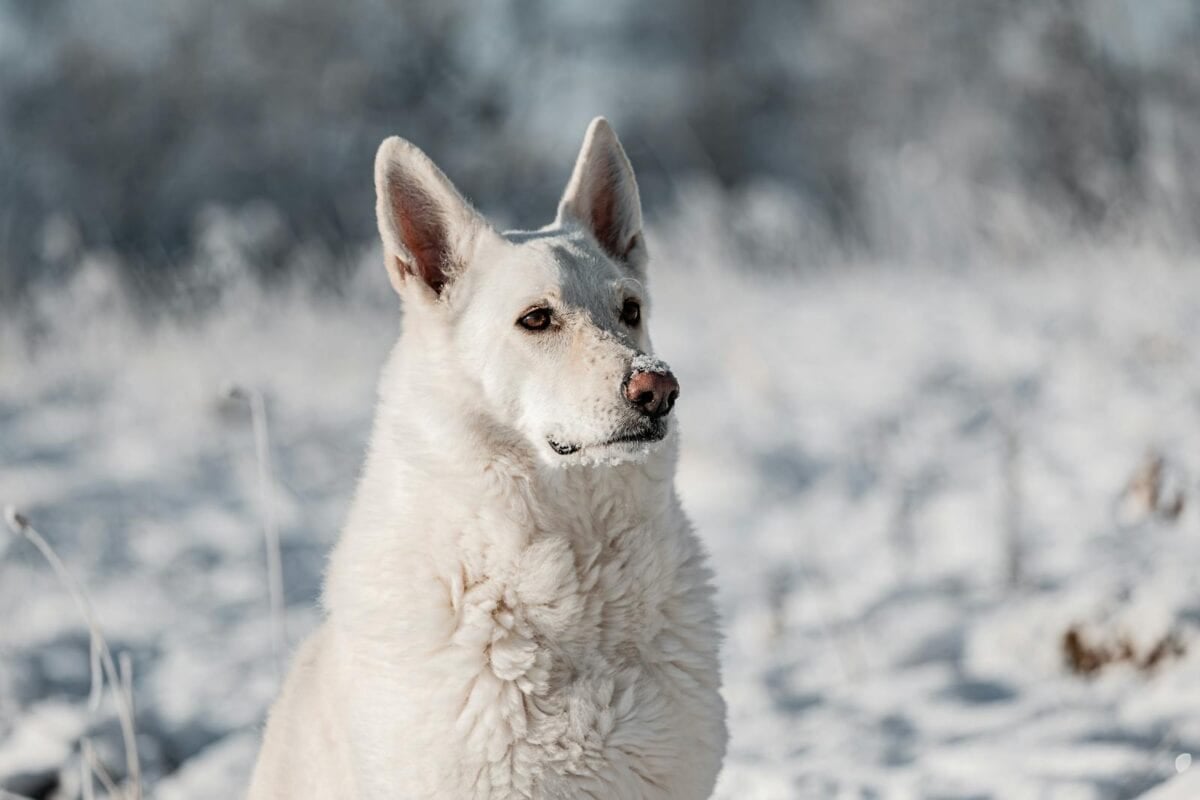
Many dogs exhibit curiosity rather than fear when encountering a wolf, especially those bred to protect livestock. However, smaller or more domesticated breeds may exhibit fear behavior for self-preservation.
Myth 8: Wolves are Always Hostile to Dogs
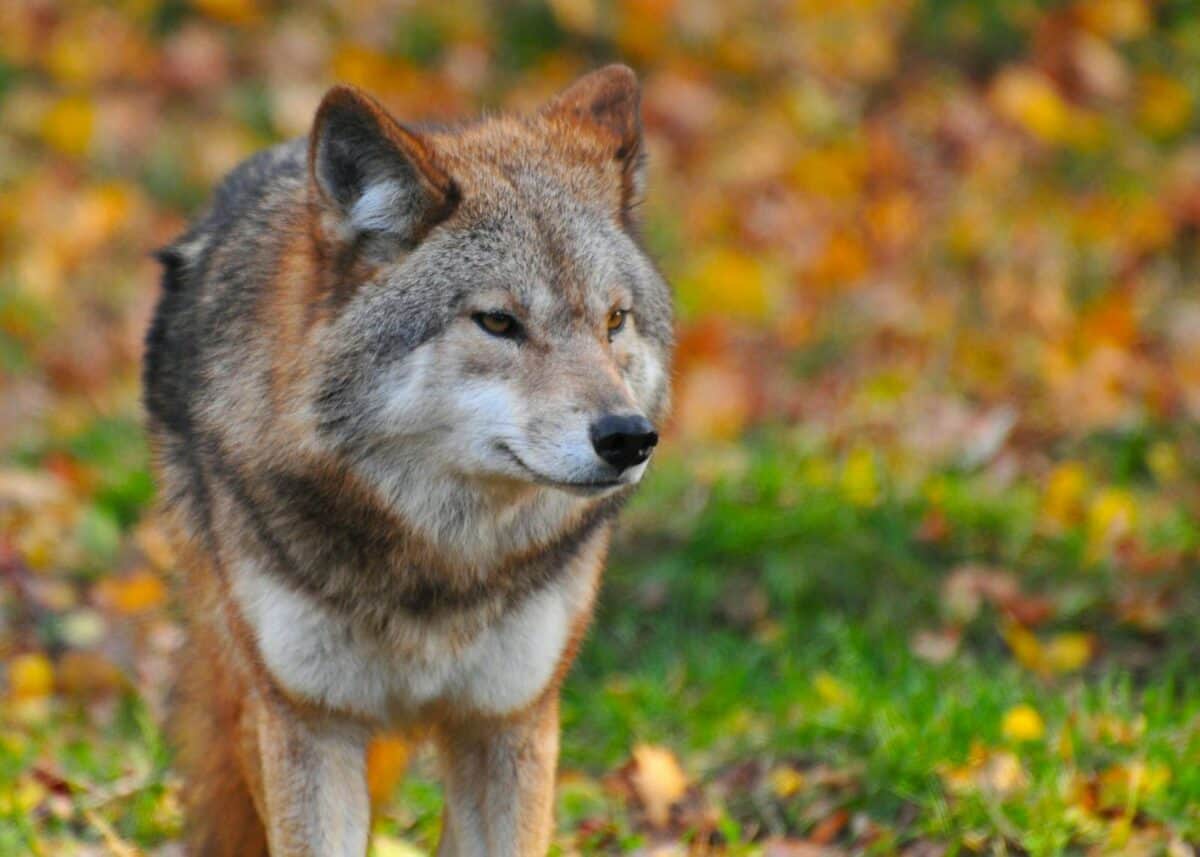
Wolves are often painted as aggressors in encounters with dogs. While wolves generally perceive dogs as competitors or prey, interactions can vary based on circumstances.
Fact 8: Hostility is Situation-Dependent
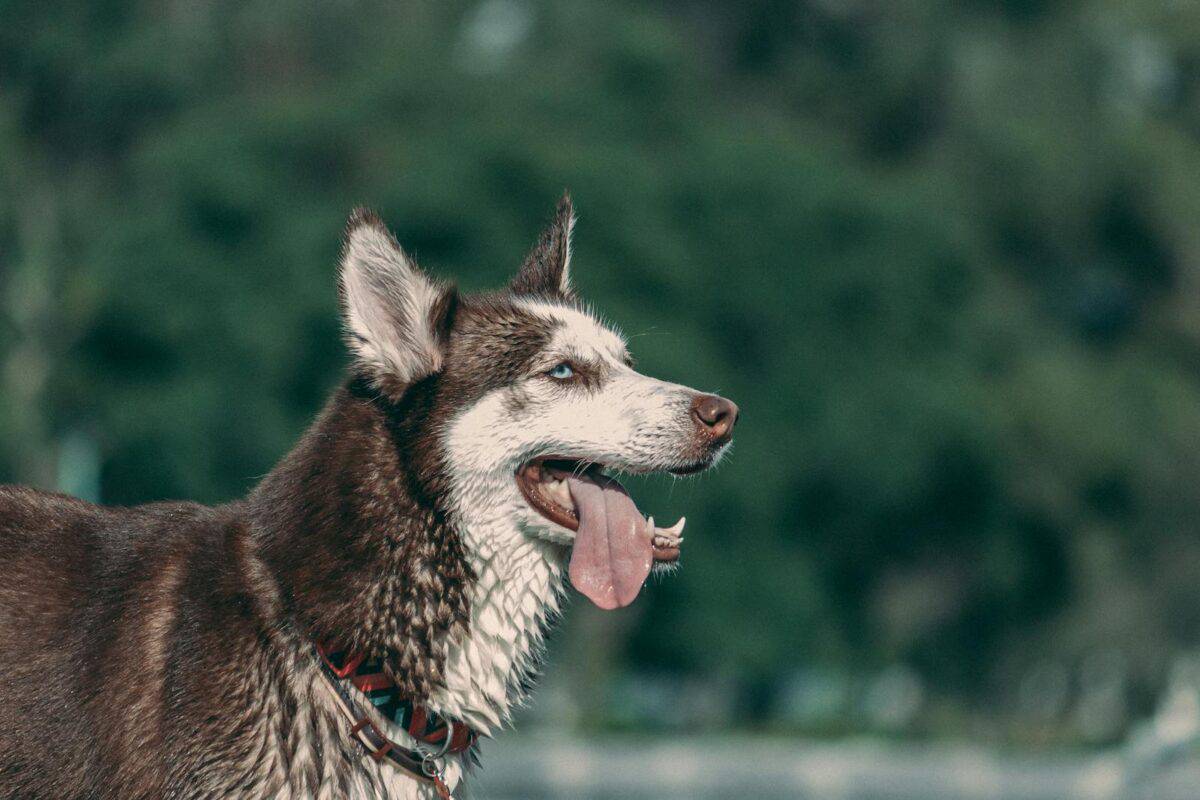
Whether or not a wolf is hostile to a dog depends on factors such as scarcity of food, territory pressure, and past experiences with dogs. Defensive behavior is typical, especially when protecting a pack or den.
Myth 9: Dogs Can Easily Adapt to Wolf Packs

Some believe that dogs can seamlessly integrate into wolf packs. Integration is challenging due to the rigid pack dynamics and complex social structure of wolves.
Fact 9: Pack Integration is Complex
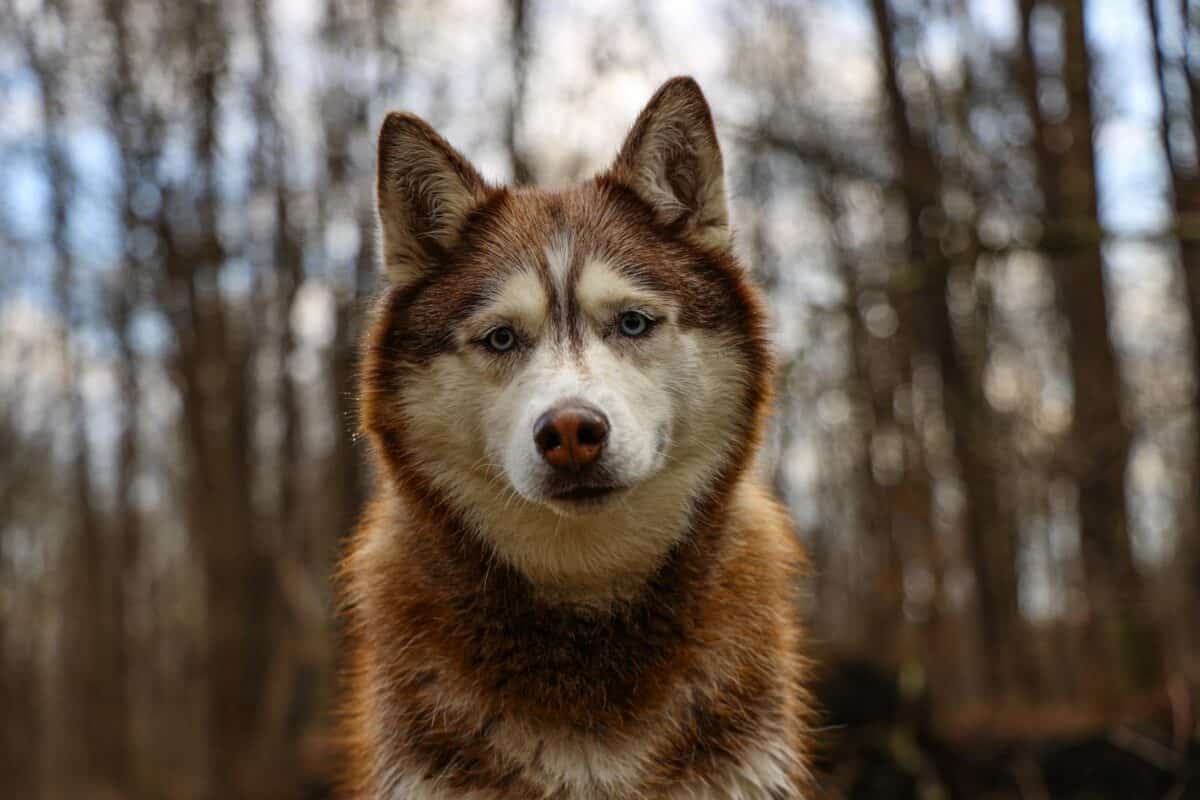
Wolves have strict hierarchies enforced by pack members through various social gestures and displays of dominance. A dog attempting to join a wolf pack faces significant challenges related to acceptance and hierarchy.
Myth 10: Wolves are More Intelligent than Dogs
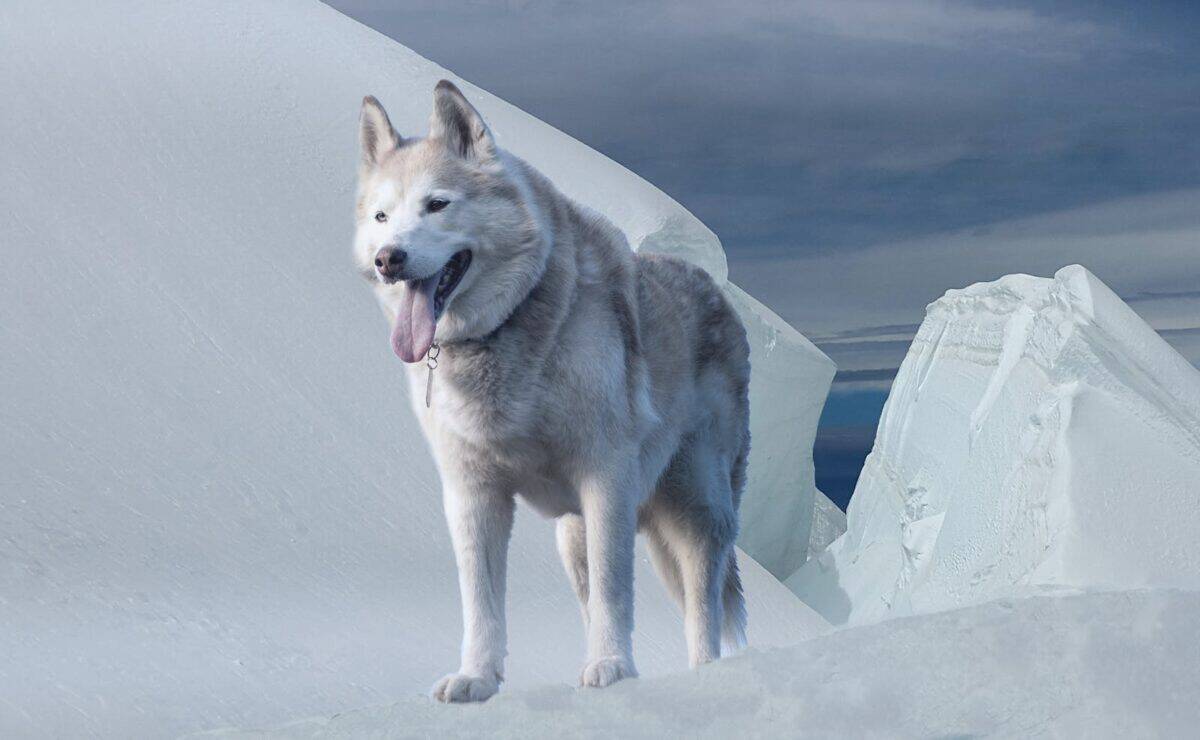
The intelligence comparison between dogs and wolves is often skewed in favor of wolves. In reality, intelligence is multifaceted and context-dependent.
Fact 10: Different Types of Intelligence
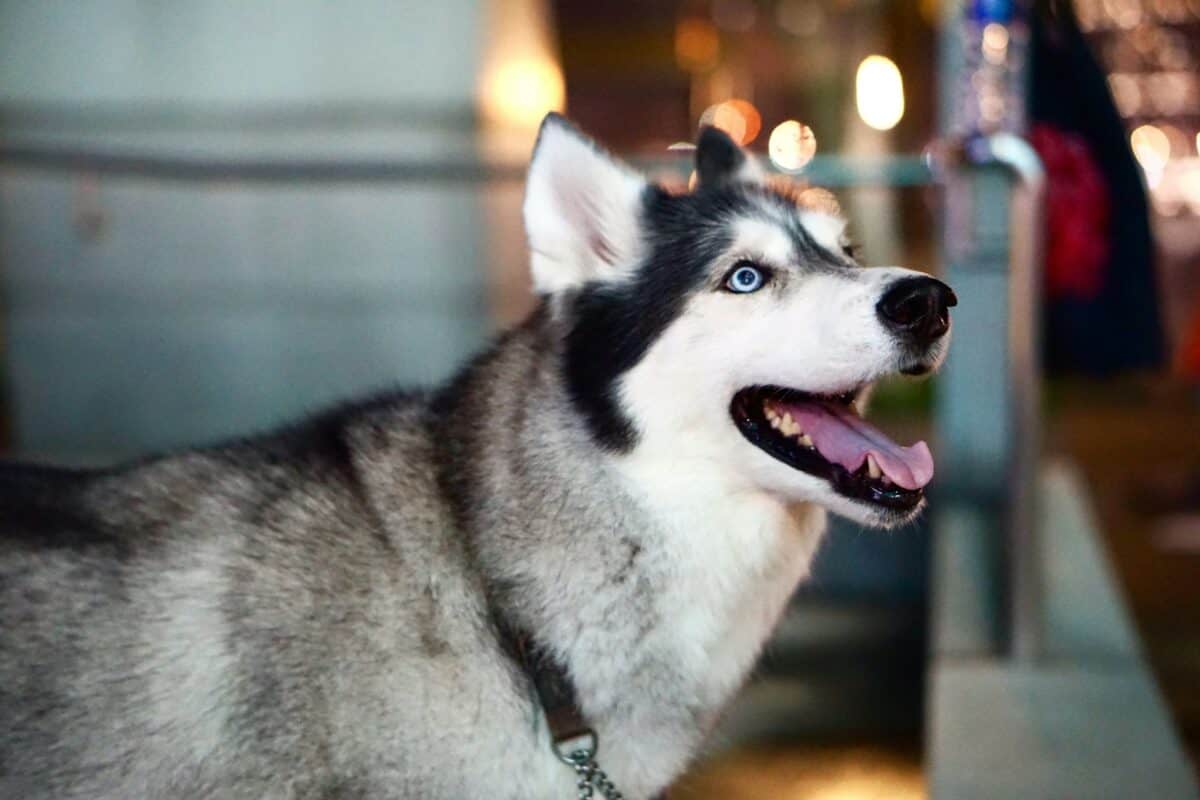
Wolves may excel in problem-solving and survival strategies in the wild, but dogs have developed social intelligence that allows them to interact effectively with humans and thrive in human-centric environments.
Myth 11: Dogs and Wolves Have Identical Diets

It’s a common assumption that dogs and wolves require identical diets. However, domestication has altered dogs’ dietary needs.
Fact 11: Diet Evolution in Dogs

Wolves are obligate carnivores, relying nearly entirely on animal prey. In contrast, dogs have adapted to omnivorous diets, capable of digesting a broader range of foods including grains and vegetables.
Myth 12: Wolves Cannot be Domesticated
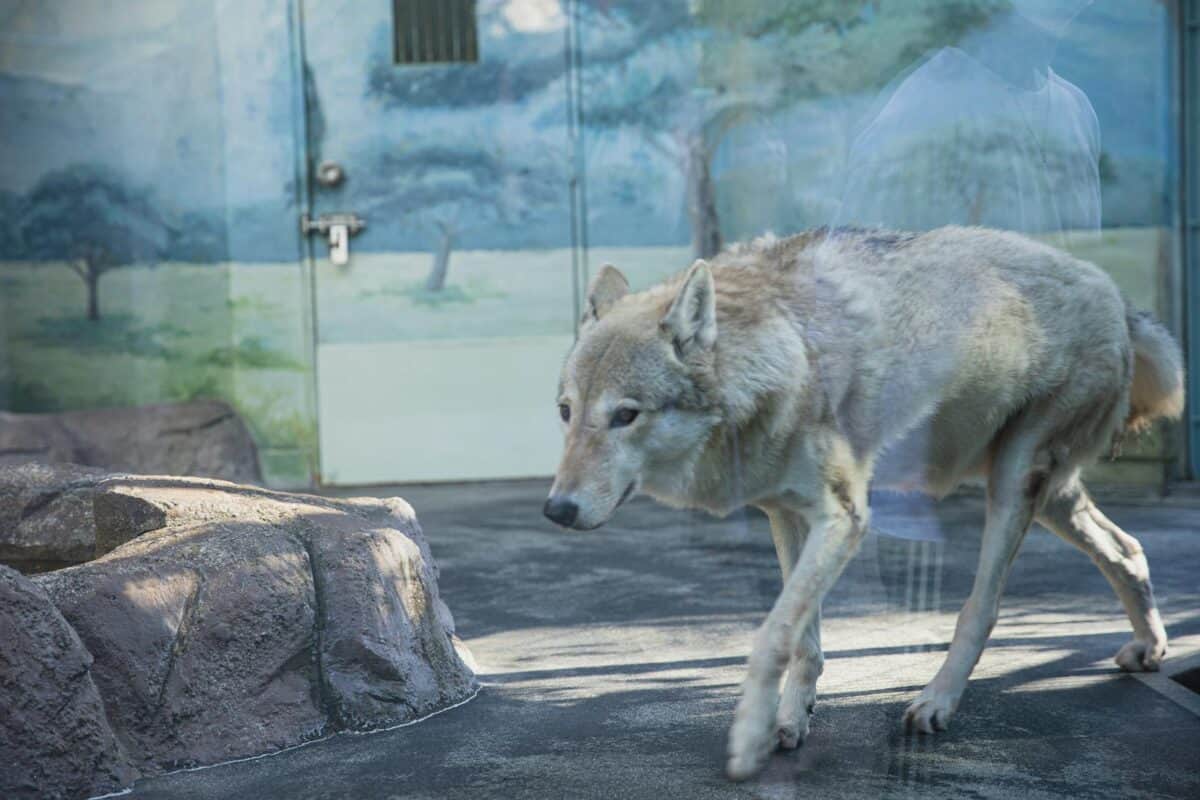
While it’s theoretically possible to domesticate wolves over many generations, individual wolves cannot be tamed like a dog through human contact alone.
Fact 12: Long-term Process Required
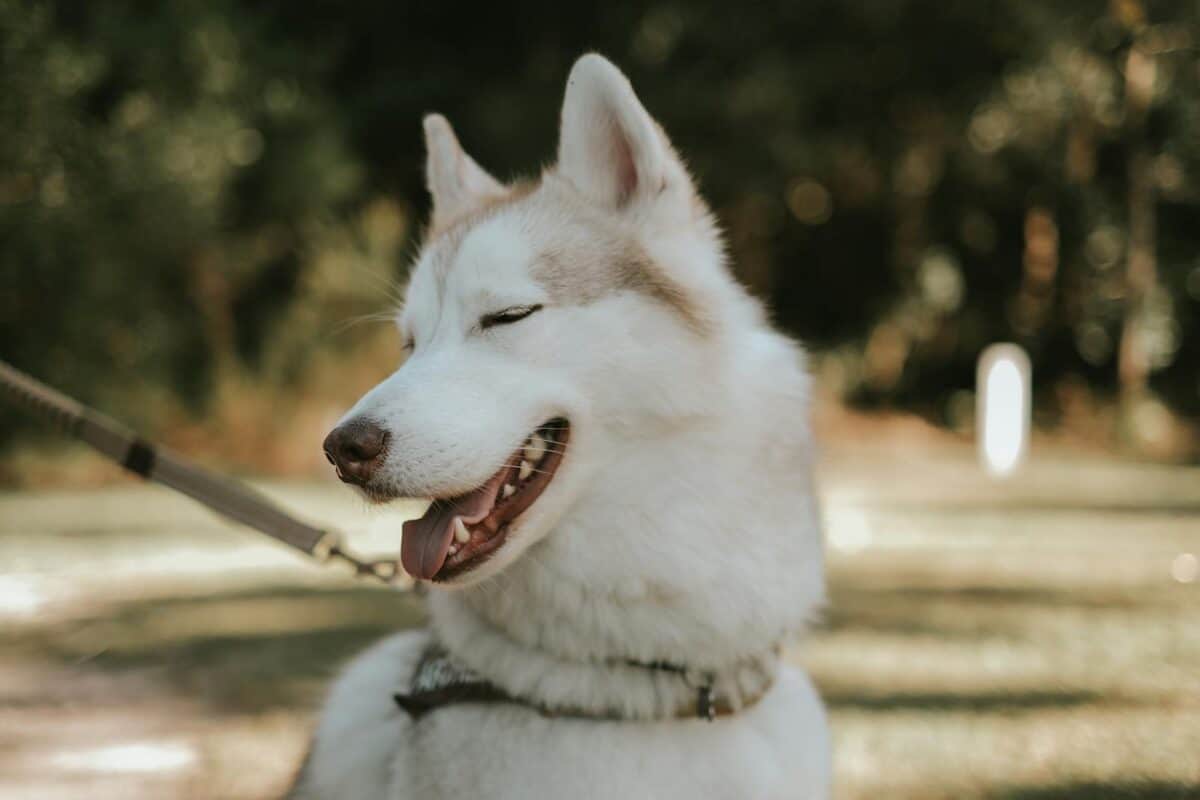
Domestication is a process involving selective breeding over thousands of generations to bring about behavioral and physical changes that make an animal suitable as a companion animal.
Myth 13: Dogs Lure Wolves to Human Areas

This myth suggests that dogs, especially strays, lead wolves closer to human habitats, creating potential conflict. However, the reality is more complex.
Fact 13: Competitive Overlap
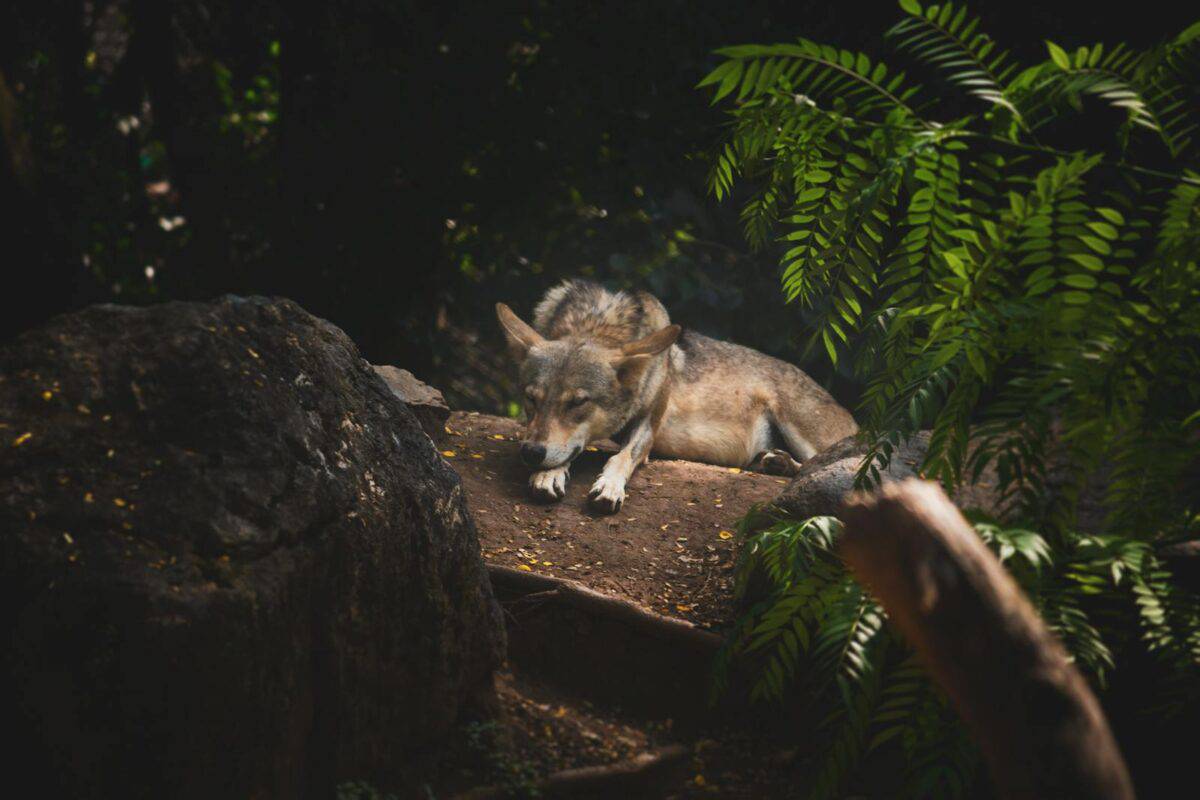
Wolves are naturally curious and opportunistic animals whose territory expansion into human areas is driven by changes in food availability and habitat encroachment more than by the behavior of stray dogs.
Myth 14: Dogs Can Fully Revert to Wolves

It’s a fascinating idea that a domestic dog, if left in the wild, can revert back into a wolf-like creature. However, this notion oversimplifies the realities of evolution and adaptation.
Fact 14: Distinct Evolutionary Branches

While some feral dogs may adopt survival behaviors similar to wolves, they do not regain the full suite of traits specific to wild wolves. Physical and genetic traits remain distinct.
Myth 15: Wolves and Dogs Cannot Coexist

Finally, many assume that wolves and domesticated dogs cannot coexist peacefully. Though not common, coexistence is possible under specific circumstances.
Fact 15: Coexistence in Controlled Environments

In controlled environments like sanctuaries where resources and space are abundant, individual dogs and wolves can coexist peacefully if introduced carefully, indicating that coexistence is more about environment than inherent aggression.
Conclusion
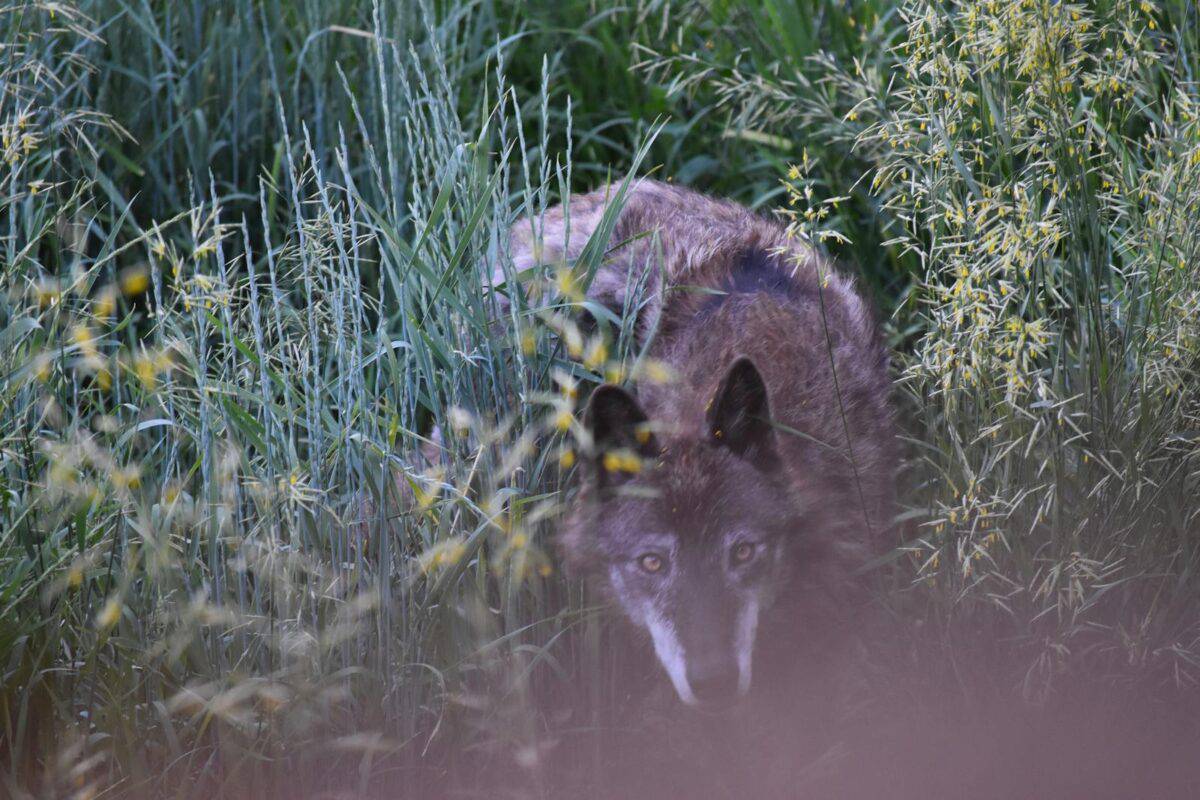
The relationship between dogs and wolves is complex, grounded in shared ancestry yet shaped by divergent evolutionary paths. Understanding the facts over myths enables appreciation of each species’ special traits and the interplay of nature and nurture in their development. As we continue to explore and appreciate the depth of this relationship, it becomes increasingly important to dispel myths in favor of celebrating the unique qualities of each.
- How Sea Lions Navigate Thousands of Miles Without Maps - August 9, 2025
- The Most Elusive Mountain Lions Roaming the California Wilderness - August 9, 2025
- Bald Eagles Are Now Nesting in the Most Unexpected States - August 9, 2025

